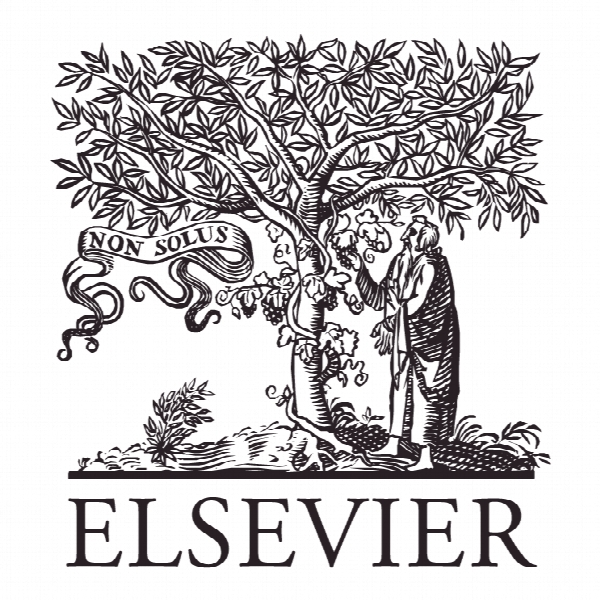اثرات ابزارگری در سرعت تولید جدید و خلاقیت: نقش موثر بی نظمی های تکنولوژیکی Bricolage effects on new-product development speed and creativity: The moderating role of technological turbulence
- نوع فایل : کتاب
- زبان : انگلیسی
- ناشر : Elsevier
- چاپ و سال / کشور: 2017
توضیحات
رشته های مرتبط مدیریت
گرایش های مرتبط بازاریابی
مجله تحقیقات بازاریابی – Journal of Business Research
دانشگاه کالج لینگن، سان یات سن، چین
نشریه نشریه الزویر
گرایش های مرتبط بازاریابی
مجله تحقیقات بازاریابی – Journal of Business Research
دانشگاه کالج لینگن، سان یات سن، چین
نشریه نشریه الزویر
Description
1. Introduction Developing new products successfully is vital for firms to generate and maintain competitive advantage in a competitive marketplace (Sheng, Zhou, & Lessassy, 2013; Zhou & Li, 2012), especially for firms in emerging economies such as China, striving to be globally influential innovators (Liu, Ding, Guo, & Luo, 2014). However, many firms from emerging economies face turbulent technological and market competition, often lack sufficient resources (Gao, Xie, & Zhou, 2015; Yi, Li, Hitt, Liu, & Wei, 2016), and have less-developed external capital market accessibility (Hoskisson, Eden, Lau, & Wright, 2000). One strand of the literature posits that a firm’s resource construction activities can provide viable solutions under resource constraints (Baker, Pollock, & Sapienza, 2013; Salunke, Weerawardena, & McColl-Kennedy, 2013; Steffens, Senyard, & Baker, 2009). Among them, bricolage, defined as “making do with whatever is at hand by reuse and recombination” (Baker & Nelson, 2005, p. 333) has been identified as an approach to new-product development (NPD) (e.g., Cunha, Rego, Oliveira, Rosado, & Habib, 2014; Senyard, Baker, Steffens, & Davidsson, 2014). However, the exact relationship between bricolage and new-product outcomes remains the topic of an ongoing debate (Bechky & Okhuysen, 2011; Ciborra, 1996; Lanzara, 1999). On one hand, bricoleurs remedy resource constraints, help firms enhance innovation by improvising (Baker, Miner, & Eesley, 2003), and gather new materials and knowledge for meeting time demands (Garud & Karnøe, 2003). For instance, through bricolage, small and medium enterprises (SMEs) can improvise ways to cope with difficulties and hasten new information system development (Ferneley & Bell, 2006). On the other hand, since bricolage is usually embedded in local, uniplex networks and focuses on immediate local needs (Baker, 2007), it has gradually leveling positive effects on innovation; the positive effects may turn negative for a lack of heterogeneous resource and knowledge (Senyard et al., 2014).


